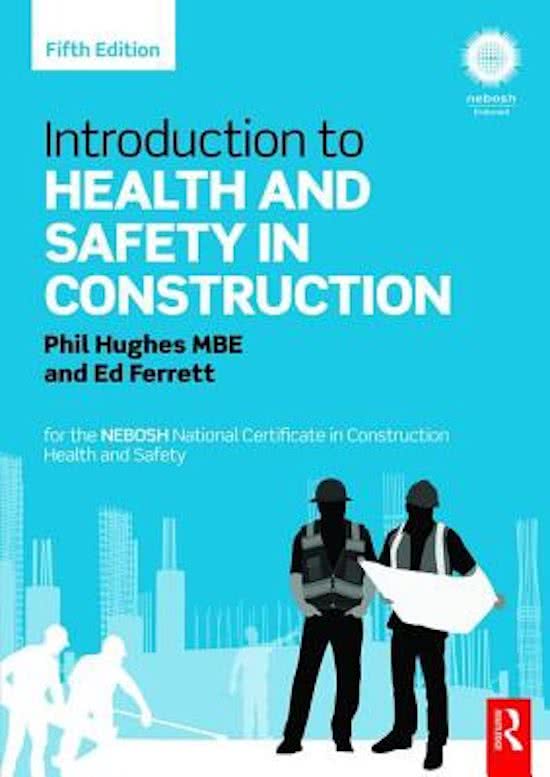University of East London (UEL)
Latest uploads at University of East London (UEL). Looking for notes at University of East London (UEL)? We have lots of notes, study guides and revision notes available for your school.
-
86
-
7
-
3
Courses at University of East London (UEL)
Notes available for the following courses at University of East London (UEL)
Popular books University of East London (UEL)
Latest notes & summaries University of East London (UEL)
It’s a sample document, for course work in which you have to make a network topology with Cisco packet, tracer and a Word file so here’s a best example you can see.
Notes on cellular pathology. Mainly this involves tissue processing. For the exam, all the stages of tissue processing had to be known in detail. The chemistry of staining is also explained. Cytology is noted, such as the function, structure, and possible staining techniques to visualise epithelia. Liver biopsy and histology is also described, along with the liver's function and possible pathologies that arise from dysfunction.
Practical notes on bacteriology and mycology. The different culture media is described, along with further processing to identify the species level of organisms. Gram staining, catalase, oxidase, and Staphaurex test are explained. For mycology, fungi morphology and key terms are discussed, along with ideal culture media. Lactophenol cotton blue staining is described, along with gram staining for fungi. The germ tube test is also reported.
An analysis of a case study about cyanobacteria and the exposure pathway. The various analyses and methods to diagnose are discussed. Descriptions about antinuclear antibodies and liver kidney antibody tests, liver histology, perl and rodamine stains were given. Questions on cyanotoxins (microcystins in particular), cyanobacterial harmful algal bloom (cHAB), LC-Orbitrap-MS system and LC/ESI-HRMS analysis, and the difference between ELISA and LC-Orbitrap-MS systems are answered.
The lectures are given here. The first is on research literature, then data analysis, statistical analysis, PCR, HPLC, brief other protein biochemistry techniques, CV, proposals, and ethics.
This document describes the practicals for cellular biochemistry. The first practical is gel filtration chromatography. Then a linked enzyme assay was performed to measure the activity of hexokinase to determine the glucose concentration in unknown samples. Finally, the electron transport chain activity was measured. A lab book was important where the results had to be discussed in context of the theory knowledge.
Disorders of Clotting, Antigens and Antibodies, Blood Transfusion, Transplants, and the laboratory processes are described in detail. Therapies, such as CART cells and targeted therapies, are also discussed.
This introduces blood and haematology. The production of the blood components, such as thrombopoiesis and erythropoiesis, is discussed in detail. The clinical applications of hematopoiesis is described.
An in-depth guide on the practicals undertaken in BS5100. The first practical is visualising the cells under light microscopy, and doing catalase and oxidase biochemical tests. The NBT assay is next, which highlights how phagocytosiscan occur and its consequences. The clinical features of CGD is also discussed, which is the main disease that the assay is trying to identify. The last practical discussed the journey T and B cells take to mature. Pictures are added to illustrate what the findings...
The anatomy and use of the immune system are discussed in detail, including the variety of cells involved. The cytokines produced by various cells are also described. The B cell and T cell response is looked over, and the development of these cells is described.











